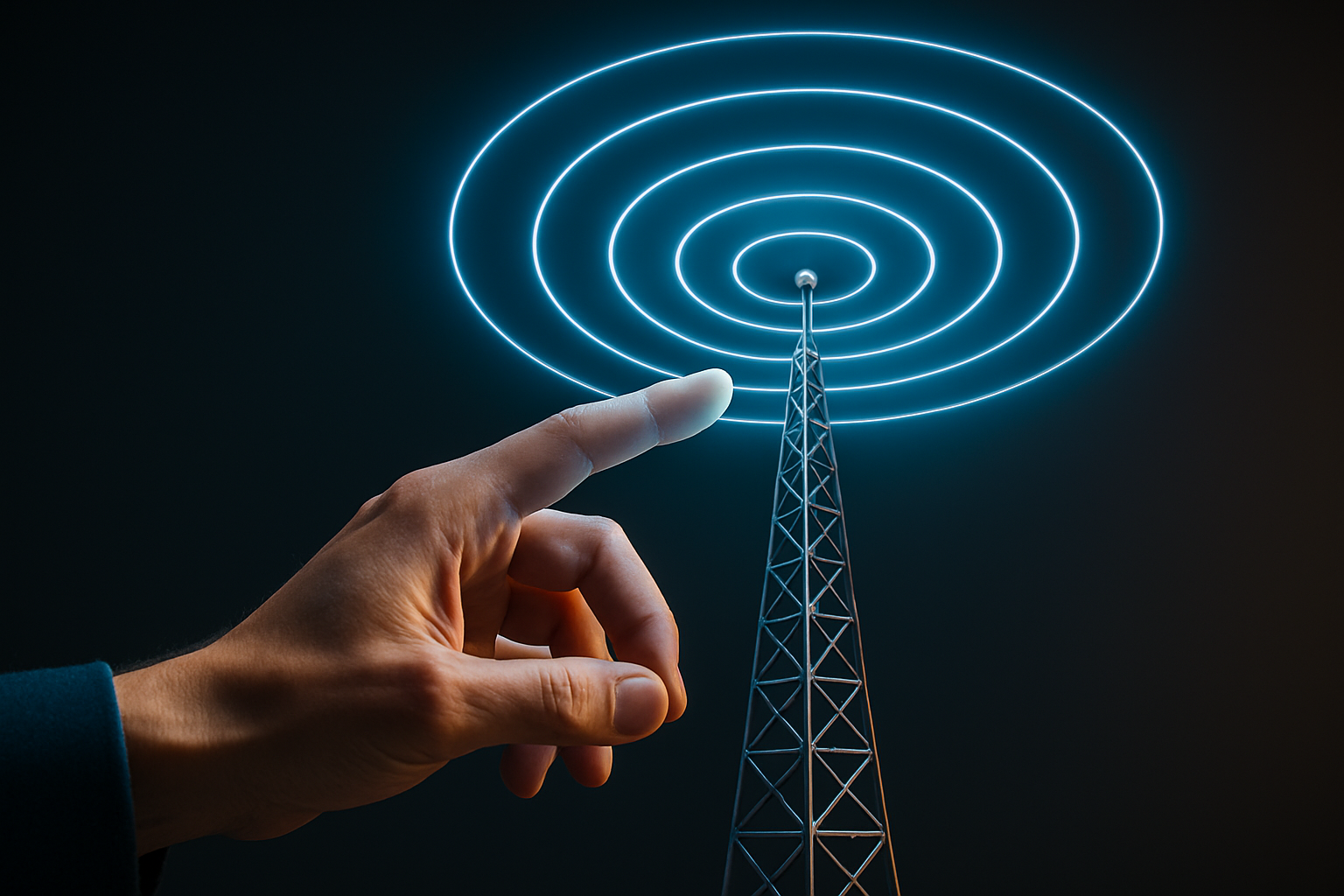Revolutionizing Emergency Communications: The Tipping Point for Push-to-Talk Technologies
In an era where instant communication can mean the difference between life and death, push-to-talk (PTT) technologies are experiencing a renaissance. This resurgence is not just about nostalgia for walkie-talkies; it's a pivotal shift in how we approach emergency communications, public safety, and critical infrastructure management. As traditional radio systems reach their limits, PTT over cellular networks is emerging as a game-changer, promising seamless integration with smartphones and expanded coverage areas.

However, traditional PTT systems were limited by range, frequency availability, and infrastructure requirements. As cellular networks expanded and smartphone technology advanced, the stage was set for a new era of PTT capabilities. This convergence of technologies has led to the development of Push-to-Talk over Cellular (PoC), which leverages existing 4G LTE networks to provide wide-area, instant communication.
The Transformation of Emergency Response
The adoption of PoC in emergency services is transforming how first responders communicate and coordinate. Unlike traditional radio systems, PoC allows for seamless integration with smartphones, tablets, and other smart devices. This integration enables enhanced features such as real-time location sharing, multimedia messaging, and interoperability between different agencies and jurisdictions.
For example, during a large-scale natural disaster, emergency responders from various departments can now communicate instantly, share live video feeds, and access critical data—all through a single device. This level of coordination was previously unattainable with legacy PTT systems.
Overcoming Cellular Network Limitations
One of the primary concerns with PoC has been network reliability during emergencies when cellular networks may become congested or damaged. To address this, telecom companies and emergency service providers are working on innovative solutions:
-
Dedicated network slices for emergency services, ensuring priority access even during network congestion.
-
Deployable network assets, such as Cell on Wheels (COWs), to quickly restore or expand coverage in affected areas.
-
Integration with satellite communications for redundancy in remote or disaster-stricken areas.
These advancements are making PoC increasingly robust and reliable, even in the most challenging conditions.
The Role of Artificial Intelligence in PTT
Artificial Intelligence (AI) is set to play a crucial role in the next generation of PTT technologies. AI-powered voice recognition and natural language processing can enhance communication clarity, automate transcription, and even provide real-time language translation. This could be particularly valuable in multilingual emergency response scenarios or international disaster relief efforts.
Moreover, AI algorithms can analyze communication patterns and content to provide actionable insights, such as identifying potential threats or optimizing resource allocation during large-scale emergencies.
Cybersecurity Challenges and Solutions
As PTT technologies become more sophisticated and interconnected, cybersecurity becomes a paramount concern. The integration of PTT with IP-based networks exposes these critical communication systems to potential cyber threats. Industry leaders are implementing advanced encryption protocols, multi-factor authentication, and continuous monitoring systems to safeguard against unauthorized access and data breaches.
Additionally, there’s a growing focus on developing resilient communication architectures that can maintain operability even in the face of cyber attacks. This includes distributed systems, blockchain-based security measures, and rapid recovery protocols.
The Future of Push-to-Talk: Beyond Emergency Services
While emergency services remain at the forefront of PTT innovation, the technology’s applications are expanding into new sectors. Industries such as logistics, hospitality, and retail are adopting PoC solutions to enhance operational efficiency and customer service.
Looking ahead, the integration of PTT with emerging technologies like augmented reality (AR) could revolutionize how we visualize and interact with communication data. Imagine first responders wearing AR glasses that display real-time information about their environment, team positions, and mission objectives—all accessible through voice commands and PTT interfaces.
Regulatory Landscape and Standardization Efforts
The rapid evolution of PTT technologies has prompted regulatory bodies worldwide to reassess and update their frameworks. In the United States, the FirstNet initiative is setting new standards for public safety communications, while in Europe, the TETRA standard is evolving to incorporate broadband capabilities.
International efforts are underway to establish global standards for next-generation PTT technologies, ensuring interoperability across borders and systems. These standardization efforts are crucial for fostering innovation, reducing costs, and improving the overall effectiveness of emergency communications.
As push-to-talk technologies continue to evolve, they promise to redefine the landscape of emergency communications and beyond. The convergence of cellular networks, AI, and advanced security measures is creating a new paradigm for instant, reliable, and feature-rich communication. While challenges remain, the potential benefits for public safety, operational efficiency, and crisis management are immense. As we stand at this tipping point, it’s clear that the future of push-to-talk is not just about talking—it’s about creating a more connected, responsive, and resilient world.




